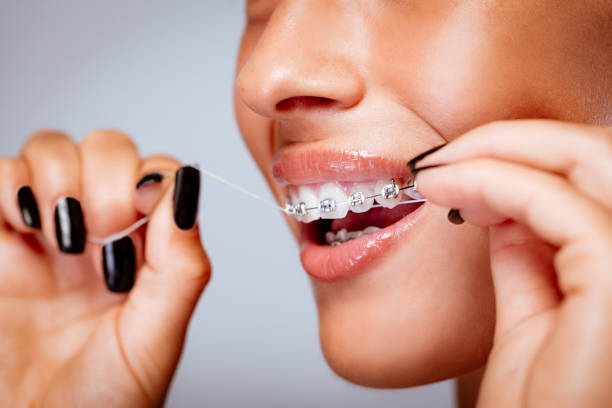A beautiful smile is often associated with straight, well-aligned teeth, and achieving this look has become increasingly accessible with modern orthodontic treatments. Dental braces are one of the most effective solutions for correcting misaligned teeth, providing a straighter smile that enhances both appearance and oral health.
Why Choose Dental Braces?
Achieving a straighter smile with Dental braces in Dubai is not only about aesthetics; it’s also about improving overall oral health. The benefits of dental braces go beyond just the cosmetic appeal. They play a crucial role in correcting bite issues, spacing problems, and jaw alignment. These corrections can lead to better oral hygiene, as straight teeth are easier to clean and maintain, reducing the risk of cavities and gum disease.
Orthodontists recommend dental braces for various reasons, including correcting overcrowded teeth, gaps, and misaligned bites. By choosing braces, you invest in a long-term solution that can prevent future dental issues and ensure that your smile remains healthy and attractive.
Types of Dental Braces
There are several types of dental braces available today, each offering different benefits depending on the patient’s needs and preferences. Understanding these options can help you make an informed decision about the best treatment for your situation.
Traditional Metal Braces
Traditional metal braces are the most common and effective type of braces. They consist of metal brackets bonded to the teeth, connected by a wire that is periodically adjusted to gradually move the teeth into the desired position. While they may be more visible than other options, they are highly effective for severe misalignments.
Ceramic Braces
Ceramic braces function similarly to metal braces but are made from clear or tooth-colored materials, making them less noticeable. They are a popular choice for adults and teenagers who want a more discreet option without compromising on effectiveness.
Lingual Braces
Lingual braces are similar to traditional metal braces but are attached to the back of the teeth, making them virtually invisible from the front. They offer the benefits of metal braces while being hidden from view, but they may require more adjustment time and can be less comfortable.
Clear Aligners
Clear aligners, such as Invisalign, are a popular alternative to traditional braces. They are removable, transparent trays that fit over the teeth and gradually move them into place. Clear aligners are an excellent option for those seeking a nearly invisible and removable solution, although they may not be suitable for all types of misalignments.
The Process of Getting Braces
The process of getting dental braces typically involves several steps, from the initial consultation to the final removal of the braces. Understanding what to expect can help you feel more prepared and confident about your treatment.
Initial Consultation
The first step in achieving a straighter smile with dental braces is an initial consultation with an orthodontist. During this appointment, the orthodontist will examine your teeth, take X-rays, and discuss your treatment options. This is the time to ask questions and express any concerns you may have about the process.
Treatment Planning
After the consultation, your orthodontist will create a personalized treatment plan based on your specific needs. This plan will outline the type of braces that will be used, the estimated duration of treatment, and the expected results. It’s essential to follow the orthodontist’s recommendations to achieve the best possible outcome.
Fitting the Braces
Once the treatment plan is in place, the orthodontist will fit the braces. This process involves bonding the brackets to the teeth and connecting them with a wire. The procedure is typically painless, but you may experience some discomfort as your mouth adjusts to the new braces.
Removal and Retention
Once the teeth have moved into the desired position, the braces will be removed. This process is usually quick and painless. After removal, you’ll need to wear a retainer to keep your teeth in place and prevent them from shifting back to their original position. Retainers are typically worn full-time for a few months and then only at night.
Benefits of a Straighter Smile
The benefits of achieving a straighter smile with dental braces extend beyond aesthetics. Straight teeth are easier to clean, reducing the risk of cavities and gum disease. They also improve bite function, making it easier to chew and speak properly. Additionally, a straighter smile can boost self-confidence, leading to a more positive self-image and improved social interactions.
Conclusion
Achieving a straighter smile with dental braces is a journey that offers long-lasting benefits for both your appearance and oral health. Whether you choose traditional metal braces, ceramic braces, lingual braces, or clear aligners, the key is to follow your orthodontist’s guidance and maintain good oral hygiene throughout the treatment. The result will be a beautiful, healthy smile that you can confidently share with the world.





Comments